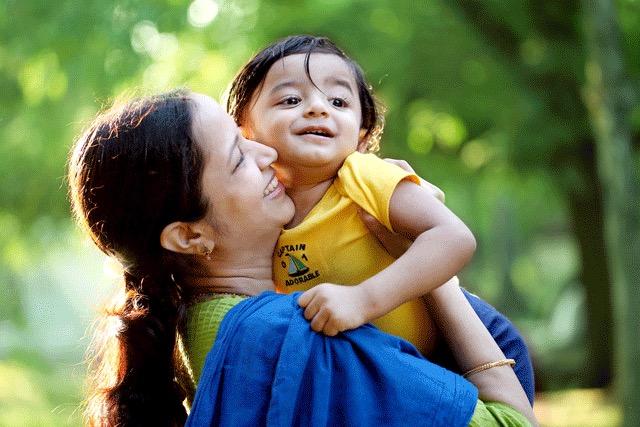In a large study of immigrant families with young children (Children Crossing Borders project), the researchers interviewed 100 immigrant parents (Adair & Barraza, 2014). As a result of these interviews, the researchers learned what parents of immigrant children would like their child’s teacher to do to welcome them and their child to preschool. Just as all parents want their child to feel welcome at school, the immigrant parents indicated they would like their child’s teachers to express warmth, patience, affection, and kindness toward their child.
When immigrant families first arrive in a U.S. preschool setting, the classroom teacher should be aware that the family may wish more detailed information (preferably written in their heritage language) about U.S. preschool practices. Including a translator and/or cultural liaison in initial meetings is most helpful during the family’s first visit to the preschool classroom and at family events sponsored by the preschool.
To learn about immigrant parents’ expectations, Adair and Barraza suggest that teachers ask parents, “Is what you see in the classroom similar or different from what you remember from your home country?” (p. 11). Teachers also should ask parents for helpful ideas about getting to know their child and their child’s interests. Engaging in conversations with immigrant families not only demonstrates the teacher’s respect for the parents but also provides an opportunity to better understand the family’s expectations for their child’s preschool experience. When teachers know the parent’s expectations they can better explain how typical classroom routines and activities address children’s learning and development. Asking parents about their expectations for their child may initiate further conversations about what parents hope their child will learn at preschool and what kinds of learning experiences the preschool setting may provide for their child.
Preschool teachers of children from immigrant families will want to be especially patient as the children learn a new language and become used to a new culture. Teachers can take time to listen to the child to learn more about the child’s life outside of school (e.g., family outings, neighborhood events, a friend’s birthday party). Using photographs and drawings may help children describe their experiences outside of preschool and build connections between parents and the preschool teacher. (For examples, see Strickland, Keat, & Marinak, 2010.) Immigrant parents interviewed in the Children Crossing Borders project worried that their child’s preschool teacher would move too quickly as their child tried to understand new concepts. They hoped that teachers would “take their time when reviewing concepts, books, materials, and instructions with their children.” (p. 11). Taking the time to slow down and carefully listen to children demonstrates respect for their thoughts, ideas, and their heritage language. Families of immigrant children want to feel reassured that their child’s teacher will be understanding when their child tries to communicate with her.
Preschool teachers build meaningful relationships with immigrant parents when they sincerely ask parents about their expectations for their child. During formal and informal interactions with immigrant parents, teachers demonstrate how much they value parents’ knowledge concerning their child. Welcoming and partnering with immigrant families during their child’s preschool years establishes a positive home and school relationship for families that hopefully will be sustained throughout their child’s school years.

Bernie Laumann
Dr. Bernadette M. Laumann was the coordinator of the Illinois Early Learning Project from 2013 to 2019. She has been a child care teacher, an early childhood special education teacher, director of an inclusive early childhood program, researcher, and university teacher educator. Her research interests include mentoring and induction activities for beginning teachers and the use of technology in connecting evidence-based practice.
Biography current as of 2019
References
- Adair, J.K., A. (2014) Preschool: Voices of Immigrant Parents in Preschool Settings. YC Young Children, 69(4), 32-39
- Strickland, M. J., Keat, J. B., & Marinak, B. A. (2010). Connecting worlds: Using photo narrations to connect immigrant children, preschool teachers, and immigrant families. School Community Journal, 20(1), 81-102.


